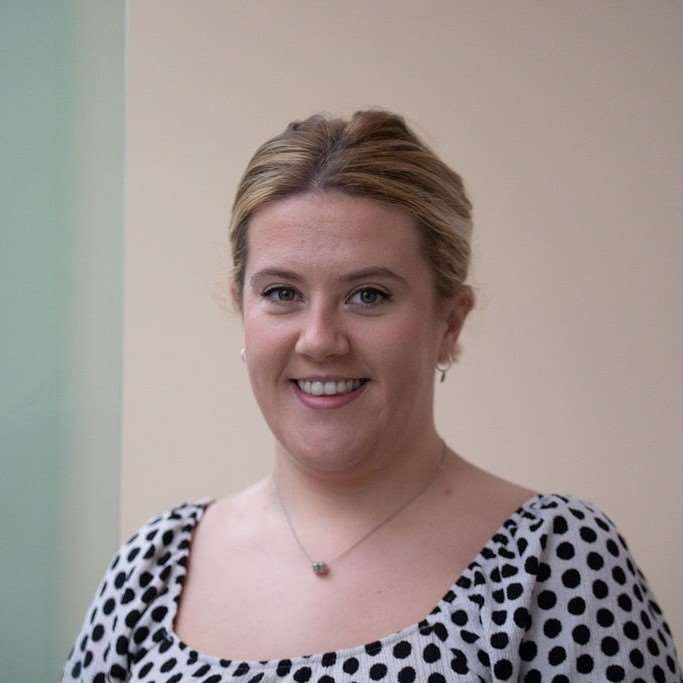Birth injuries to the mother during childbirth | How they can occur and when this is negligence

Any mothers who have experienced an injury to themselves or their baby during childbirth will know that the experience can be extremely traumatic. Stress and trauma caused by a birth injury is certainly not ideal and, in some cases, can have detrimental effects on quality of life after the birth has taken place. The birthing process is very delicate and some birth injuries will occur due to external factors that are out of anyone’s control. However, some of these injuries and pregnancy complications are due to medical negligence. If you experienced a birth injury due to negligence, it could be possible to claim birth injury compensation.
Here, we discuss the types of injuries that can occur during childbirth and when these injuries may be due to clinical negligence so that you know whether or not you can make a claim. We also explain the risk factors for injury during childbirth and how to make a medical negligence claim.
Contents
Click on a link to jump to that section:
Read the most common types of injury to the mother during childbirth.
We discuss the factors that can increase the risk of injury to the mother.
Find out how medical negligence can contribute to birth injuries.
Read our guide to making a medical negligence claim for a birth injury.
We answer common queries on birth injury negligence claims.
What are the different types of birth injuries to the mother during childbirth?
There are a number of injuries that can develop during childbirth, with some being more severe than others. Some common types of injuries to the mother that can occur include:
- Vaginal tears.
- Broken bones.
- Urine rapture.
- Postpartum haemorrhage.
- Uterine inversion.
- Nerve injury.
- Pelvic organ prolapse.
- Untreated or unmanaged pre-eclampsia.
- Failure to remove all of the placenta (retained products of the placenta).
Read our guide to the types of birth injury negligence claims for more information on common birth injuries.
How common are birth injuries to the mother?
Around 8 per cent of pregnancies will involve complications that may cause harm to the mother or baby, if left untreated. While this number suggests that only the minority of pregnancies may result in injury, the statistic is still worryingly high. PTSD is a common condition that can be a result of a particularly traumatic birth or a birth injury.
Risk factors for injuries to the mother
If the second stage of labour is particularly long
Prolonged labour causes limitations to the baby’s oxygen supply, which could cause foetal distress or infection.
Shoulder dystocia during delivery
Shoulder dystocia occurs when one or both of your baby’s shoulders get stuck inside of your pelvis, which can cause painful injury to both mother and baby.
If the baby is large
Macrosomia means "large body" and is used to describe a newborn who's much larger than average. (The average newborn weighs about 7 pounds 3 ounces.) Giving birth to a larger baby can increase the risk of perineal tearing and blood loss. Additionally - if you’ve had a previous c-section or major uterine surgery, a large baby may increase your risk of uterine rupture.
If labour is induced
Induced labour can sometimes cause overstimulation of the uterus, over contraction of the uterus, rupture of the uterus and in worst cases, death to the mother or baby.
Assisted delivery
Assisted deliveries can cause childbirth injury if the doctor makes wrong decisions around the equipment that should be used for the delivery. The equipment may be too large or placed in the wrong position for the delivery to be safe.
When is a birth injury to the mother caused by negligence?
Medical staff have a duty of care to all patients. If medical staff, including both doctors and nurses, did not follow standards of care or if the hospital in which your birth took place could not provide adequate standards of care, due to equipment or staffing issues, this is classed as birth negligence. Medical negligence can be the cause of birth injury to mother or baby if staff did not:
- Recognise potential risks of injury. This could include failing to conduct regular foetal examinations or keep track of the mother’s health during pregnancy or birth.
- Provide a cesarean section or episiotomy if required. In some cases, medical professionals may make wrong decisions regarding the right birthing procedure to take, which could lead to injury.
- Provide adequate treatment after suffering from a birth injury. Minor birth injuries can be easily treated by medical staff with the right treatment. However, if injuries are left untreated they can quickly become more severe.
- If medical staff failed to provide treatment for an infection that later developed into a more serious issue, this is negligence.
Making a medical negligence claim for a birth injury
To make a medical negligence birth injury claim, it is always best to seek the advice of expert solicitors. Once you have made your claim, your solicitors will conduct a full investigation into the care that you received during your pregnancy to collect evidence that any injuries were down to negligence. Your solicitors will be able to use their expert knowledge to guide you through each step of the process to ensure that you receive compensation for any birth trauma that you incurred.
What can I expect from a hospital negligence claim for a birth injury?
The compensation that you receive from your birth injury claim will depend on the extremity of the damage caused to you or your child. This could be based on any costs involved with treating the injury and the level of trauma that was experienced. At Wake Smith, our specialist clinical negligence team ensure that all clients get the justice that they deserve.
Will I have to go to court?
Most birth injury negligence claims can be resolved without having to go to court. However, if your birth injury case cannot be resolved out of court, you may have to go to court so that you can receive justice.
How should medical staff prevent injuries to the mother during childbirth?
Medical staff have a duty of care that entails providing all treatments and services possible to prevent injury to the mother during childbirth. This can include:
- Monitoring the health of the mother throughout pregnancy and birth.
- Providing correct prenatal care.
- Addressing signs of foetal distress.
- Preventing premature birth.
- Recognising where vaginal birth may be difficult or impossible.

How Wake Smith can help
Here at Wake Smith, we specialise in personal legal services, and we can assist with all aspects of claims and legal assistance relating to medical and clinical negligence.
If you believe you may be eligible to make a birth injury claim, our team can take a look at your case and find out whether medical negligence is to blame. We can then assist with your claim going forward and will ensure that you receive the compensation you deserve.
Find out more about how we can help here, or get in contact with us today.
Frequently asked questions
When does childbirth become a medical negligence claim?
If you, or your child, developed an injury during childbirth due to inadequate care given by a medical professional, this could be a medical negligence claim.
What do you need to investigate a birth injury claim?
To investigate a claim, your birth injury solicitor will conduct an investigation into the care that was given during your pregnancy. For this to happen, they will need access to the hospital and staff that handled your birth.
How long does a medical negligence claim take?
Negligence claims can take anywhere between 18 months and 3 years to resolve.
What steps are taken to prevent birth injury?
Staff can ensure the following in order to prevent birth injuries from occurring:
- Proper monitoring of mother’s health during pregnancy.
- Regular foetal monitoring.
- Adequate treatment after birth.
- Correct decision making around whether or not to induce labour.
- Correct treatment of any injuries that do occur.
How much can you claim for childbirth injury negligence?
The amount that you can claim will depend on the severity of injury caused and how traumatic the event was for mother and baby.
Related content

About the author
Director and Head of Medical and Clinical Negligence











